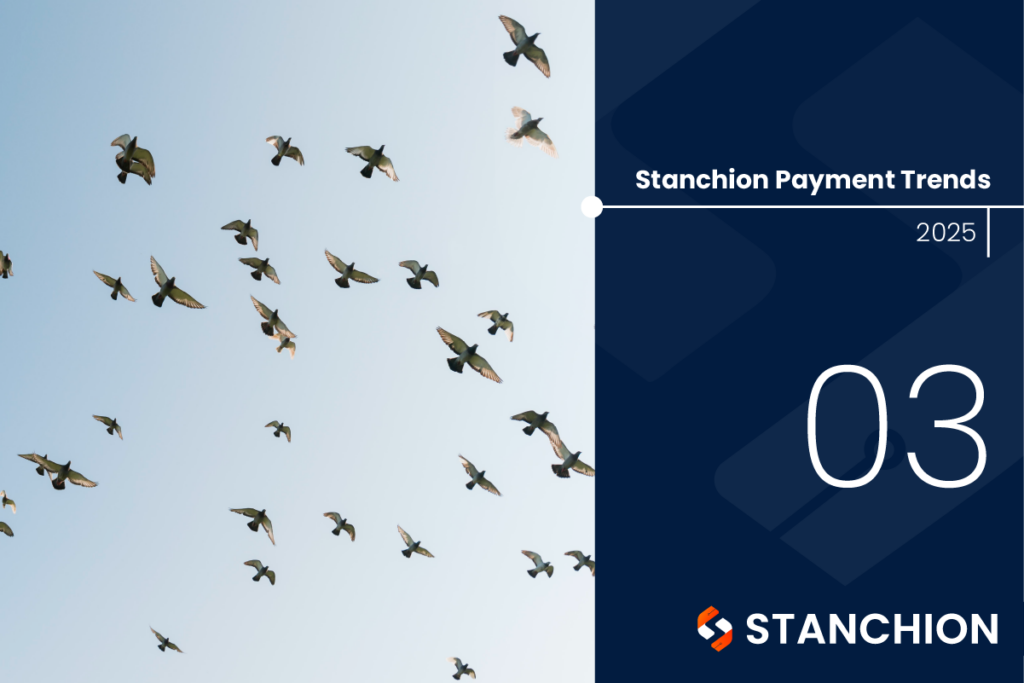
Title of Report: 2024 Global Banking Annual Review – Attaining Escape Velocity
Report Link: McKinsey’s Global Banking Annual Review 2024 | McKinsey
Size of Report: 27 pages. Published Oct 2024

The last two years were the best for banking since before the 2007-09 global financial crisis, with healthy profitability, capital, and liquidity. Even though banking is the single largest profit-generating sector in the world, the market is sceptical of long-term value creation and interestingly ranks banking dead last among sectors on price-to-book multiples of just 0.9. In addition to a mix of macroeconomic factors, there are also some industry-specific ones:
- Labor productivity growth in banking has been mixed, even though banks spend the highest proportion of revenues across sectors on tech.
- Regulatory changes around the world continue to require investment.
- The more profitable pools in banking are witnessing competition from focused attackers (inc. payments).
- The recent lift in performance has largely been buoyed by rising interest rates.
- Despite recent value creation, over the past decade, the sector has eroded economic value when measured against cost of capital.
The report offers both a detailed and fascinating insight into the challenge banks face in the year ahead with lots of infographics.
An analysis of the winners found few and zero outperformed!
This begs the question how banks might achieve escape velocity to survive? Of the few winners found, the research discovered they win through a combination of smart moves on three structural dimensions:
- selecting segments carefully, finding scale where it can matter, and
- strategically locating themselves, whether geographically or in the value chain, and
- rigorous operational execution across a range of capabilities e.g. analytics, marketing effectiveness, operating model, and tech.
The report offers a sobering synopsis that for banking to recover its multiples, management teams will need to conjure the dynamism of these winners. McKinsey believes this “management quotient” will be what makes the real difference in the remaining years of the 2020s. Of course, the banking sector is broad and within this are sub-sectors where banks could focus to improve, payments being one of these generating ROEs of 14% and price-to-book multiples of six.
A debate often held is that scale matters. On page 12 McKinsey highlights that in studying 2,000 banks whilst local scale still matters in many places and certain sub-sectors, digital cuts both ways, but often complexity negates scale benefits. The conclusion being scale matters selectively and not therefore the decisive outcome to outperform.
So how does a bank attain escape velocity? From page 13 the report offers suggestions with banking winners achieving their position through a combination of both structural and execution moves. Neither strategy confers enduring advantages, but the combined effect puts banks in a position that’s market leading.
Rather jaw-dropping only 14% of banks are expected to create value and perform at a high level based on their current price-to-book multiple (>1) and price-to-earnings multiple (>13), demonstrating that there’s a path to “escape gravity” in the industry BUT by comparison 62% of non-bank publicly traded companies achieve this same threshold. There is much work and little time for traditional bankers to save their industries. In emerging markets bankers have the advantage of looking at more mature markets to see mistakes made and attempt to offset these. Of the 14%, 1/3rd operate in attractive banking markets.
In studying the likely outperformers’, they share similarities. These being revenue growth is 1.5 times their local GDP growth, their fee-to-revenue ratio is typically 40%+, their efficiency ratio is lower than 50%, and their risk costs are generally well-managed enough through the cycle to be significantly below their reference
industry’s costs.
From page 19 McKinsey’s report then looks at how to win (execution) doing a deeper dive behind some topics such as:
- Deepening relationships (customer centric and ecosystems).
- Achieving retail or small/medium business customer primacy through a personalised funnel and through mobile orchestrated distribution.
- Leveraging granular pricing and risk selection.
- Using strategic talent management to win with clients and unlock productivity.
- Building an AI-enabled bank.
- Using proven operating models to unleash speed at scale, safely.
In all of this management is a differentiator with a nice summary “Change is clearly not easy. But conversely, this isn’t an industry where you can statistically wait for your competitors to score own goals and hope that
improves your relative position”.
If you enjoyed the content and approach we have taken, here are 4 suggestions of how to engage for more:
- Follow our Stanchion LinkedIn Page and join our engaged community.
- Request a call with our author and Chief Growth Officer, Norman Frankel
- View our On-demand Webinar series on Payment Fabric and the research IDC did here, additionally we can send you two reports that summarise the output of the research IDC did covering 150 banks.
- Drop us an email at engage@stanchionpayments.com with your thoughts, we would love to hear from you.
We wish you a successful 2025 delivering on your business priorities, remaining customer relevant, agile in your project change and avoid fraud from the rapidly growth in financial crime as instant real-time payments, QR code-initiated payment adoption and use of ever advancing AI tools continue to accelerate.


 Verto
Verto Switchcare
Switchcare Professional Services
Professional Services

